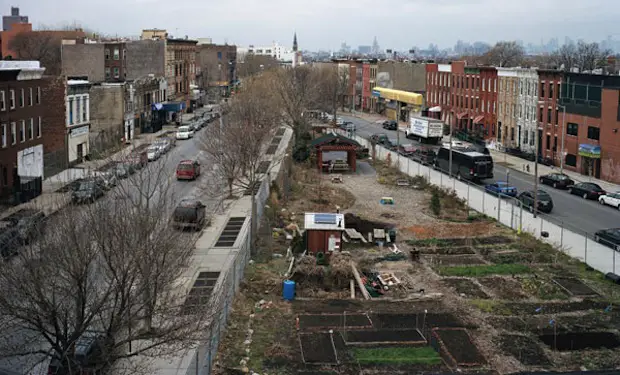It’s a season of firsts for the Catholic Church. Recently, the church saw the first resignation of a living pope in over 600 years, which they followed up by replacing him with the first-ever pope to come from the American continent: Jorge Mario Bergoglio of Argentina, who recently assumed as Pope Francis I. After millennia of almost exclusively European popes, the church appears to finally be getting with the times, recognizing that the majority of their faithful live in South America. At this rate, it will only be 300 more years until they accept the use of condoms.
What does all this have to do with urban transportation? It just so happens that Pope Frankie made headlines, especially in the English speaking press, for his frequent use of public transportation while serving as cardinal in Buenos Aires. The general public is left to imagine that Bergoglio’s namesake, the famously humble Francis of Assisi known for his ragtag (or vintage?) attire, would probably do the same had he been alive during modern times. In the midst of perennial scandals and declining membership in the old world, it’s a perfect bit of optics to stir up loyalty in the faithful. But is there more to it than that? Bergoglio is almost certainly not going to forego his hard earned pope mobile privileges, but there are still other ways he can promote public transportation.
I was in Buenos Aires when the news broke, and there’s no doubt that while other countries such as Chile and England mocked him as “the next hand of God” and other Maradona-based memes, Argentines were proud to have produced the next pope, despite the disappointment of some over the now famous controversy he was involved in during Argentina’s dark dictatorship years. A recent survey showed that roughly 80% of Argentines felt either “pride” or “happiness” about the new pope. Despite this, the fact that Bergoglio took public transit all the time was largely neglected in the Argentine press. His now famous biography, The Jesuit, features little more than a photo of him in the Buenos Aires subway. When I asked to see a copy of that book in a local book store, the store owner went so far as to tell me that even for important public figures in Argentina, including senators and house representatives, taking the bus is not all that uncommon. Which all goes to show how right I was with my bus article from last year. If I were any more infallible, I’d be the pope!
Historically, the church has a somewhat mixed view on the practice of designing and building cities in general. Some in the church (and some outside the church too) use the biblical example of Sodom and Gomorrah as something of a field manual for urban development. In other words, cities are inherently wicked and sinful, not to mention hotbeds of homosexuality, and the best thing to do is just wait around for them to be smoten by God into a steaming crater. Conversely, others in the church, particularly during the middle ages, have at times sought to structure cities in a productive way, creating central public squares – that naturally are right next to the central church. The role of the church within the city is discussed in an interesting article at religious site Firstthings.com.
In actual fact, today’s pope doesn’t have any direct control over transportation policy anywhere, other than being able to tell the driver of the pope mobile where to go. But there’s plenty to indicate that he does care about alleviating the ills of urban poverty. In Buenos Aires, he was famous for his visits to the notorious slums in Villa 31. His biography includes a passage where, as he walks through the neighbourhood of Puerto Madero, a former port that has been restored as a highbrow waterfront district, he observes that a meal there costs the same as the income of one resident of Villa 31 for an entire week.
If the pope is serious about making things better in general for cities around the world, he doesn’t have to look any further than the buses and trains he used to take in his old stomping grounds. By encouraging the faithful to push for better transportation options in their communities, he’ll be making the world a better place. And while he’s at it, he may want to think about lightening up on birth control and gay marriage too.
Drew Reed is an online media producer and community activist specializing in sustainable transportation. He lives in Buenos Aires.


